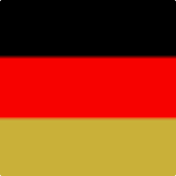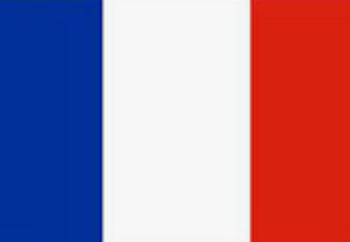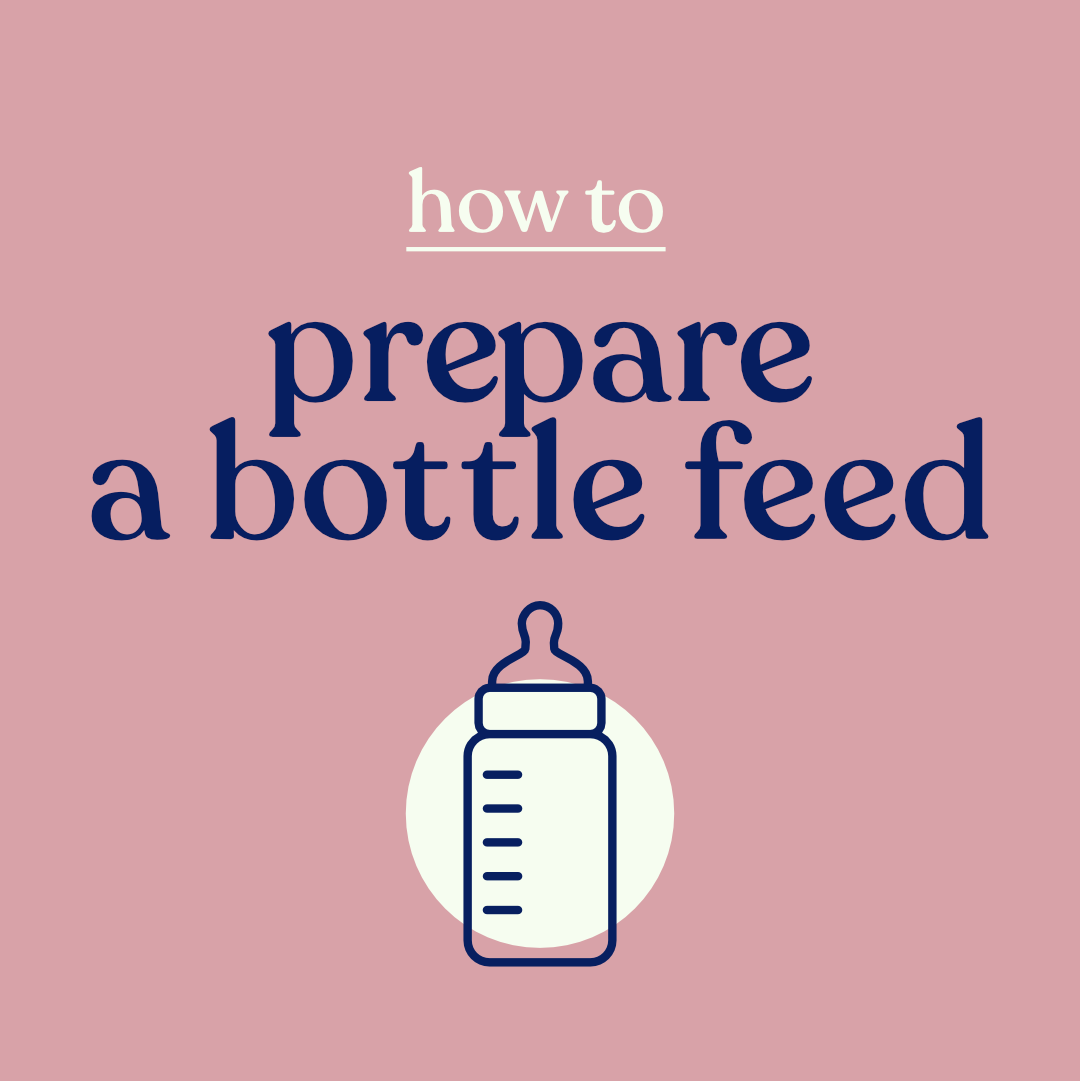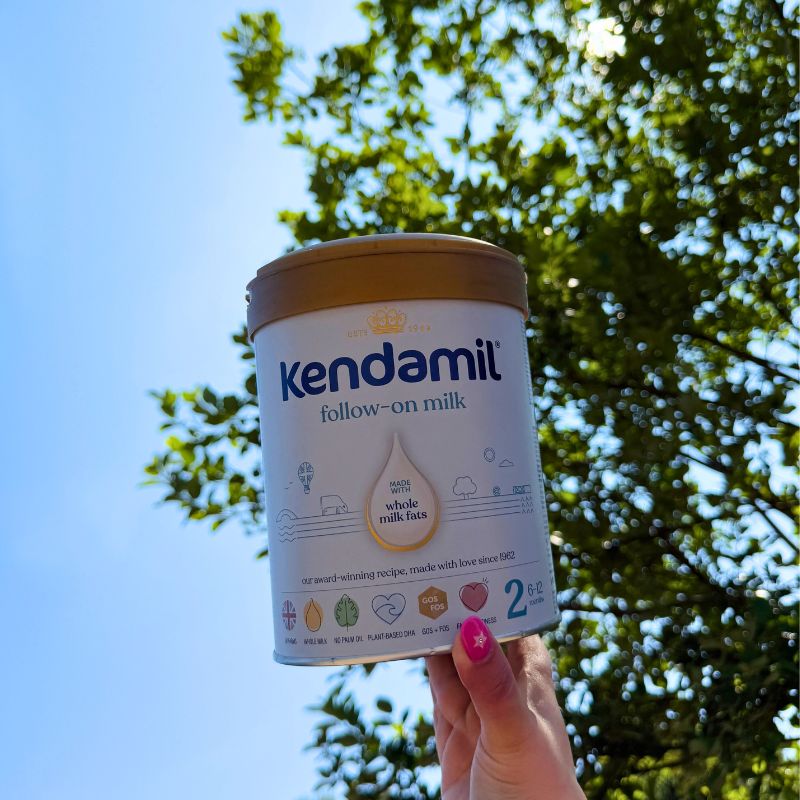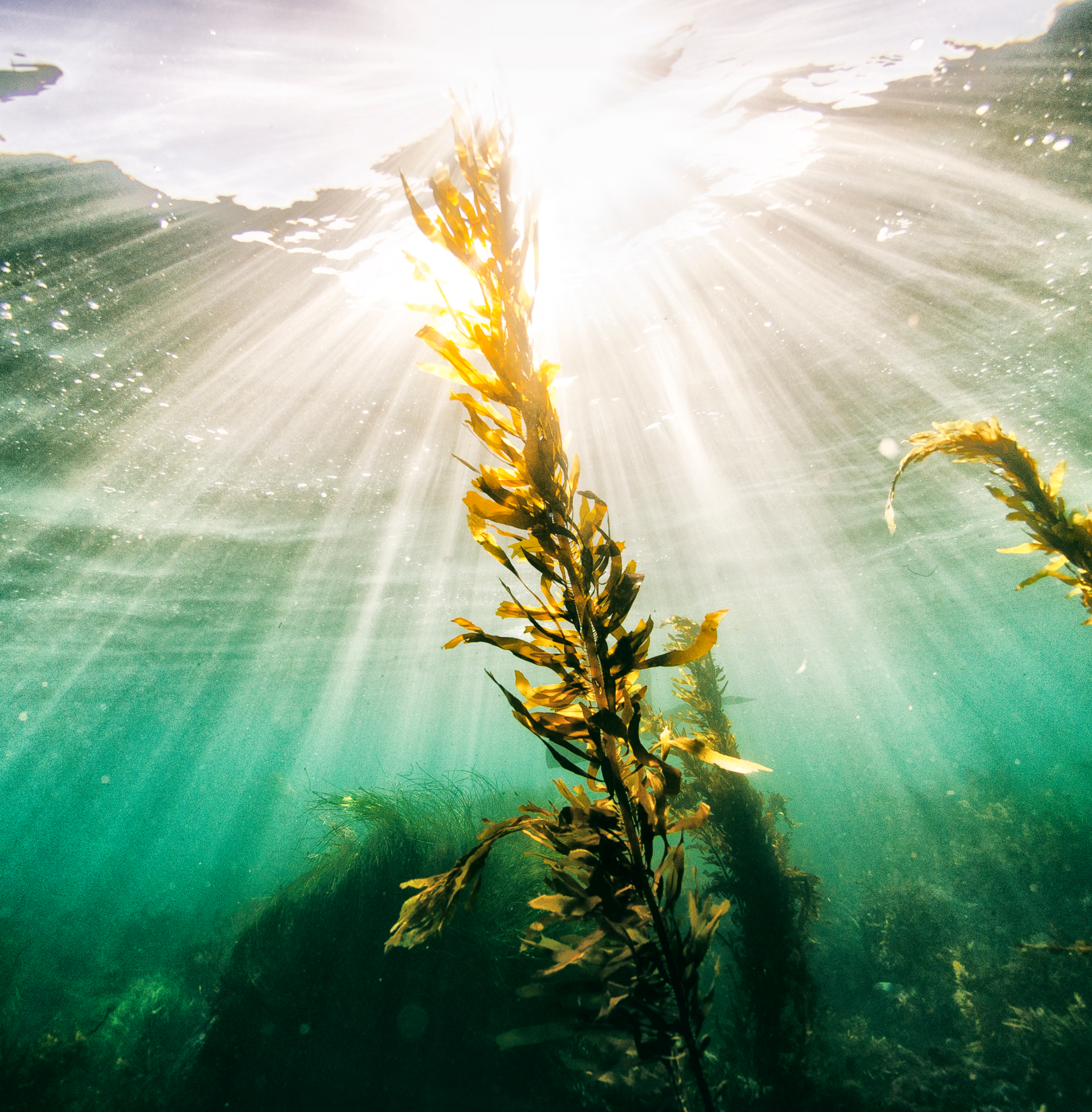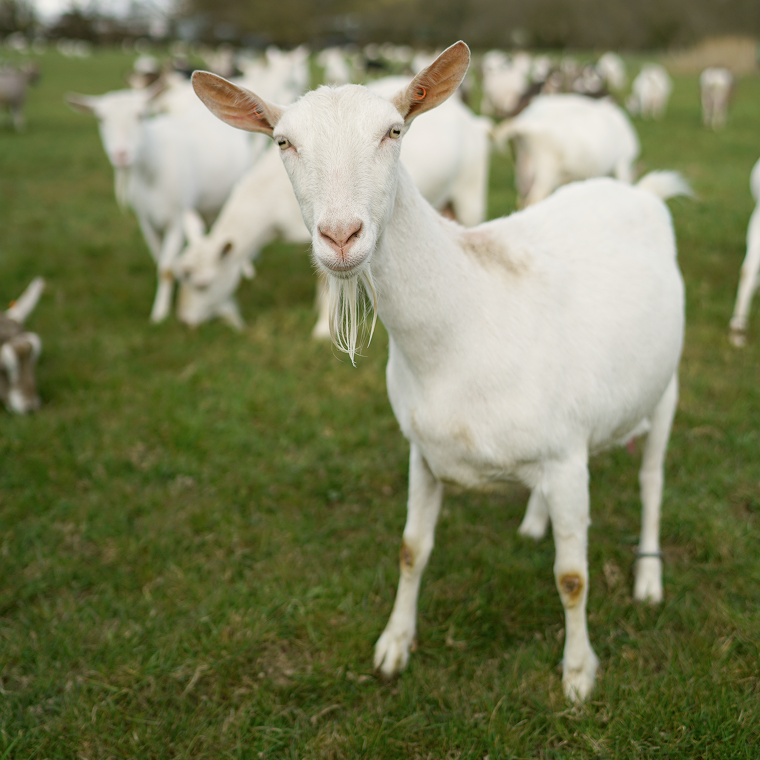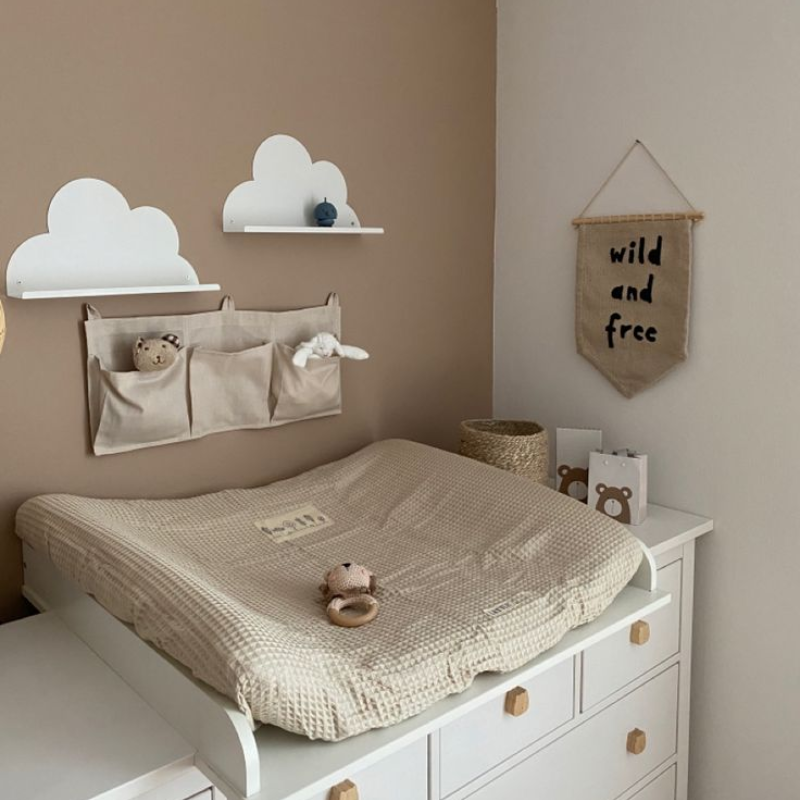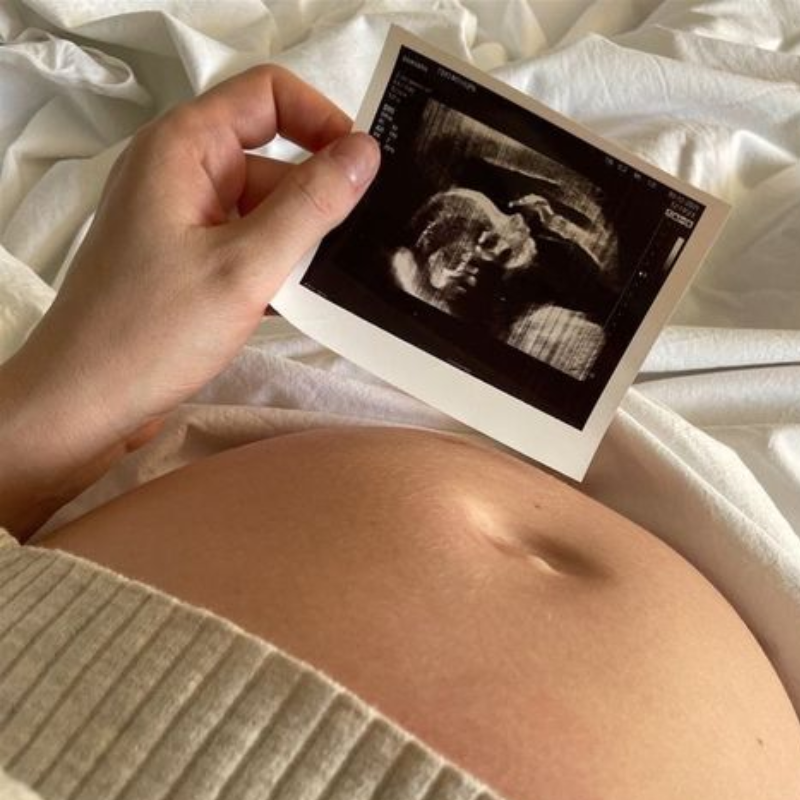We’re here to support you on your feeding journey, whether you’re combi-feeding or have moved onto follow-on milk, we’ve got you covered with our top tips on how to prepare your baby’s formula.
🍼 What do I need to bottle-feed my baby? 🍼
✔️ Sterilised bottles with teats and bottle covers (we have ready to feed follow-on formula for when you’re out and about!)
✔️ A clean bottle brush and teat brush
✔️ Baby formula (we recommend Kendamil, naturally)
⌚ Can I prepare my baby formula in advance? ⌚
Ideally, you should be making up a bottle just before you feed. Storing or freezing formula is not recommended.
The prepared formula is good for 2 hours at room temperature if unused, and 1 hour once feeding has begun. If you cannot use the formula straight away and need to store it in the fridge, the NHS recommends storing it in the fridge for no longer than 24hrs. Make sure to throw away any remaining formula after baby has finished their feed.
How do I sterilise my equipment before making up my bottle?
It’s really important that you sterilise the equipment before making your baby’s bottle to prevent your little one getting poorly. According to the NHS, you should be doing this until your baby is at least 12 months old.
Before sterilising, make sure to thoroughly clean your bottles, teats and other feeding equipment in hot, soapy water as soon as possible after feeding. Use dedicated brushes to clean out bottles and teats (you can also turn out teats to wash them). You can also clean equipment in the dishwater, but note that this does not sterilise them either.
Once everything is clean, you can start sterilising. There are three main ways to sterilise; cold water sterilising, steam sterilising and sterilising by boiling.
- Cold water sterilising is when you use a special solution to and soak the equipment in it for at least 30 minutes. The solution should be changed every 24 hours.
- You can also use a steam steriliser. Make sure to follow the manufacturer's instructions and that the openings of the bottle and teats face downwards in the steriliser.
- To sterilise with boiling water, make sure that the items are safe to sterilise in this way. You can then boil them in a large pan of boiling water for 10 minutes, making sure they stay under the surface.
After you’ve sterilised your equipment:
Leave equipment in the steriliser or pan until you need them. When you do take them out, put the teats on the bottles immediately. Always wash and dry your hands before handling the equipment, and assemble everything on a clean, disinfected surface.
7 simple steps to making up your baby’s bottle:

If you’re a visual learner, then we’ve got you covered. Follow along with midwife Emma as she takes you through the steps to preparing your baby’s bottle, from what equipment you’ll need to one method of sterilising and the mixing process.
It might seem like a lot to remember to begin with, but you’ll learn the steps really quickly. Soon you’ll be a pro at preparing formula!
If you need extra support, don't hesitate to contact our Customer Support Team of mums and dads. They have helped thousands of parents, and are here to support you. get in touch.
Important Notice: Breastfeeding is best. Kendamil Follow-on milk is only for babies over 6 months, and should be used as part of a mixed diet. Please talk to your Healthcare Professional.

